History / Europe / Russia & the Former Soviet Union
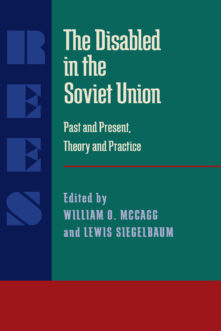

The Disabled in the Soviet Union
Past and Present, Theory and Practice
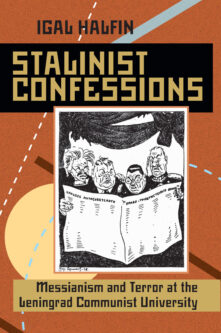

Stalinist Confessions
Messianism and Terror at the Leningrad Communist University
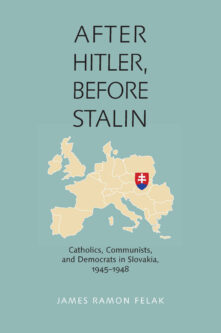

After Hitler, Before Stalin
Catholics, Communists, and Democrats in Slovakia, 1945–1948
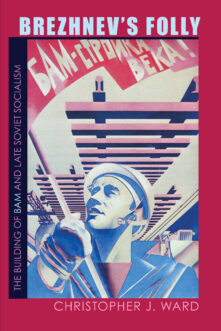

Brezhnev’s Folly
The Building of BAM and Late Soviet Socialism
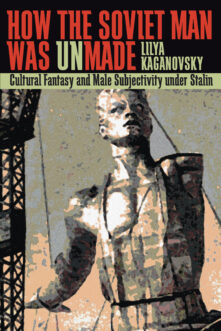

How the Soviet Man Was Unmade
Cultural Fantasy and Male Subjectivity under Stalin
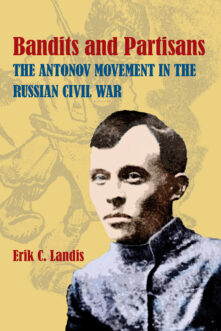

Bandits and Partisans
The Antonov Movement in the Russian Civil War
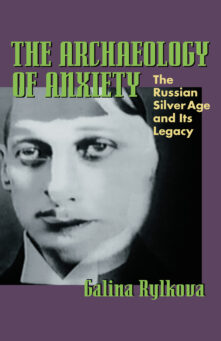

The Archaeology of Anxiety
The Russian Silver Age and its Legacy
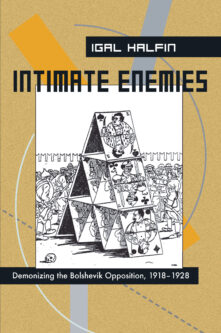

Intimate Enemies
Demonizing the Bolshevik Opposition, 1918-1928
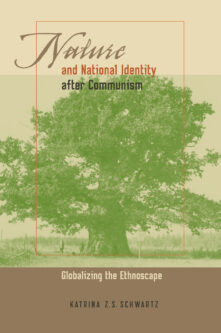

Nature and National Identity After Communism
Globalizing the Ethnoscape
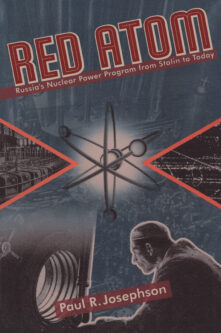

Red Atom
Russias Nuclear Power Program From Stalin To Today
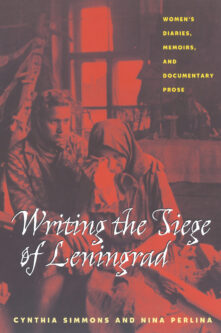

Writing the Siege of Leningrad
Womens Diaries Memoirs and Documentary Prose
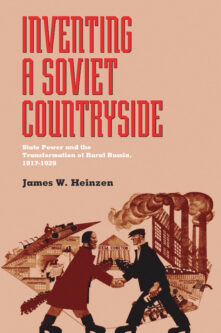

Inventing a Soviet Countryside
State Power and the Transformation of Rural Russia, 1917–1929
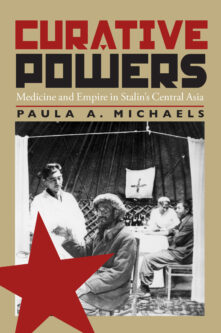

Curative Powers
Medicine and Empire in Stalin’s Central Asia
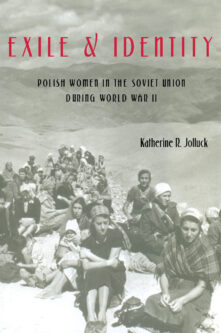

Exile and Identity
Polish Women in the Soviet Union during World War II
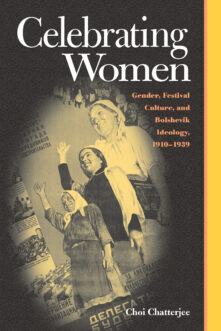

Celebrating Women
Gender Festival Culture & Bolshevik Ideology 1910-1939
Total 72 results found.

